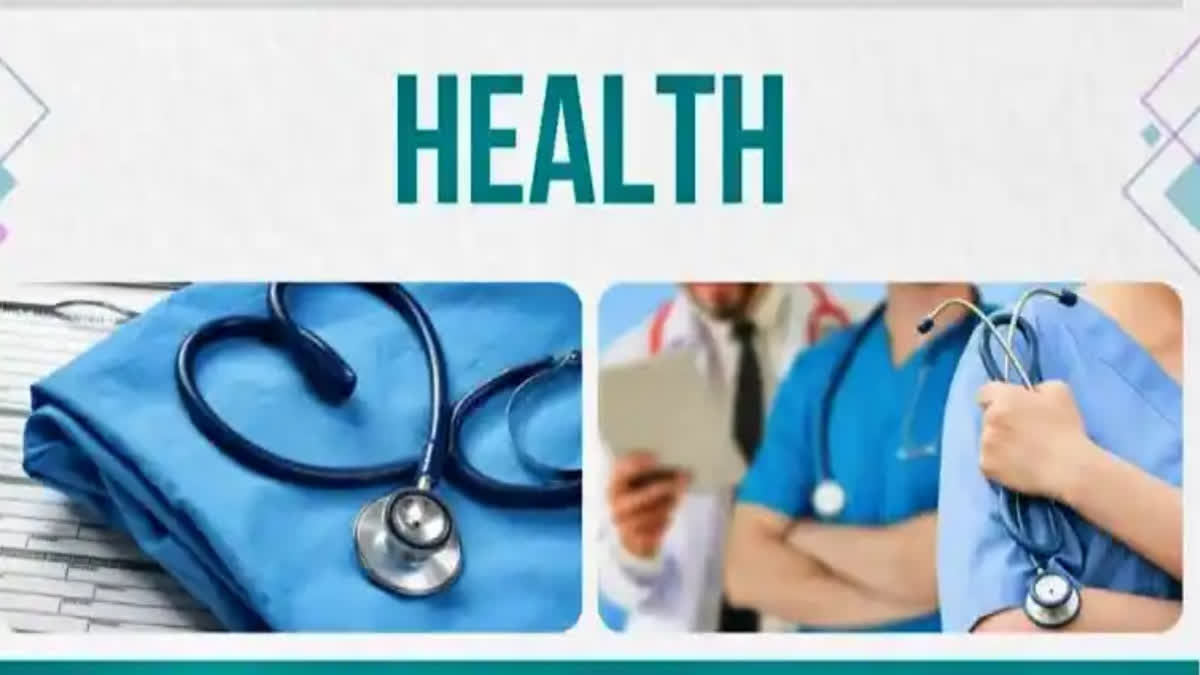New Delhi:Although India is out of the challenges posed by the Covid-19 global pandemic, which killed nearly seven million people worldwide and more than half a million people in India, one of the main focus areas for next year’s Union Budget would remain the health sector as the policymakers have realised the inadequacy of the country’s health infrastructure and the urgent need to augment health facilities by investing more money.
For example, the Centre’s budget for health and family welfare, which was less than Rs 70,000 crore in the financial year 2019-20, when the deadly virus had not hit India in a significant way as the country was bracing for its impact in early 2020, jumped to over Rs 96,000 crore in the next financial year (FY 2020-21), during the first Covid year.
It was a sharp increase of over 37 per cent in a single year during the first Covid year. However, if one takes into account the allocation categorised under health and well-being, which was the theme of the first Covid budget (FY 2021-22), the total allocation touched Rs 2.24 lakh crore. Finance Minister Nirmala Sitharaman had said in her budget speech that it represented an increase of 137 per cent over the previous year’s allocation.
However, this huge amount also included Rs 35,000 crore allocated for the Covid vaccination programme, and also a sum of over Rs 60,000 crore allocated for providing clean water and sanitation facilities, and over Rs 36,000 crore as Finance Commission grants to states for water and sanitation, over Rs 13,000 crore as Finance Commission grants to states for the health sector and Rs 2,700 crore for nutrition.
Tackling water-borne, vector-borne diseases
The Centre allocated more money to providing clean water and improving sanitation facilities than what was earmarked for a nationwide rollout of the Covid-19 vaccination programme in that year as the thinking within the government was that the country’s long-term health challenges were not only about one-or-two year of Covid-19 pandemic, but the waterborne diseases such as Diphtheria and vector-borne diseases such Malaria, Dengue and Chikungunya should also be tackled on a priority basis.
In the next financial year (FY 2022-23), Finance Minister Nirmala Sitharaman also allocated a record Rs 1.13 lakh crore as the country had suffered a deadly second Covid wave in March-June 2021 caused by the outbreak of the Delta variant of the Sars-CoV-19 virus and scare of a third Covid wave in November-December 2021 caused by the more contagious Omicron variant of the deadly virus alarmed the policymakers.
As per the revised estimates for the financial year (FY 2022-23), the Centre spent over Rs 1.04 lakh crore during the year on strengthening the health services in the country. The same year, Nirmala Sitharaman also announced the setting up of an open platform for the National Digital Health Ecosystem consisting of digital registries of health providers and health facilities, unique health identity, consent framework, and provision for universal access to health facilities.
